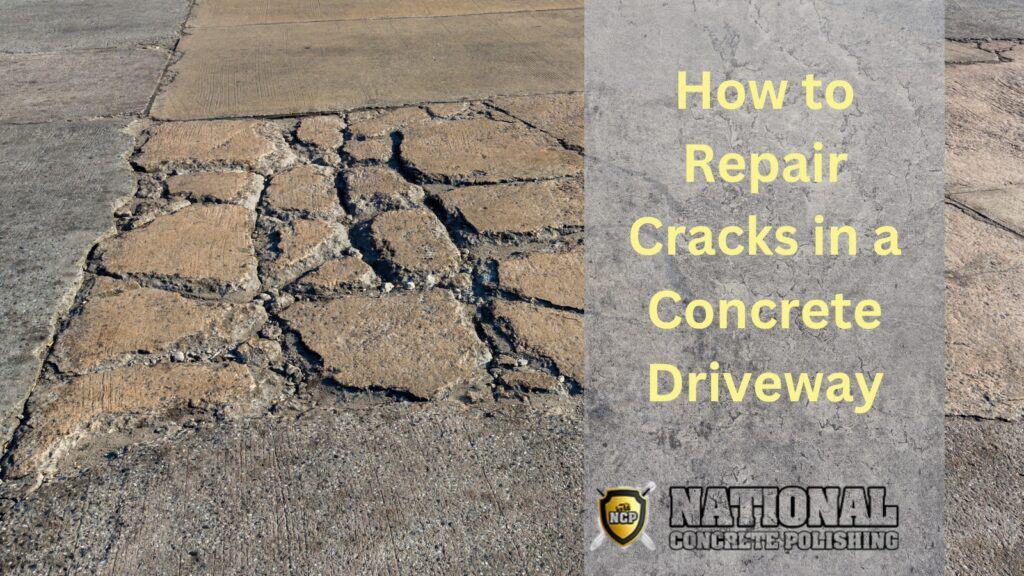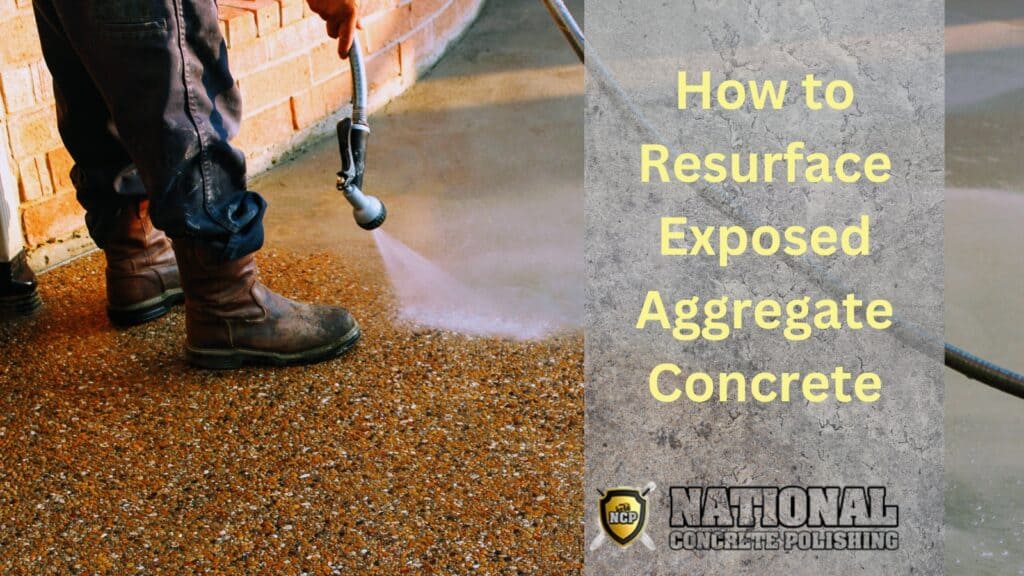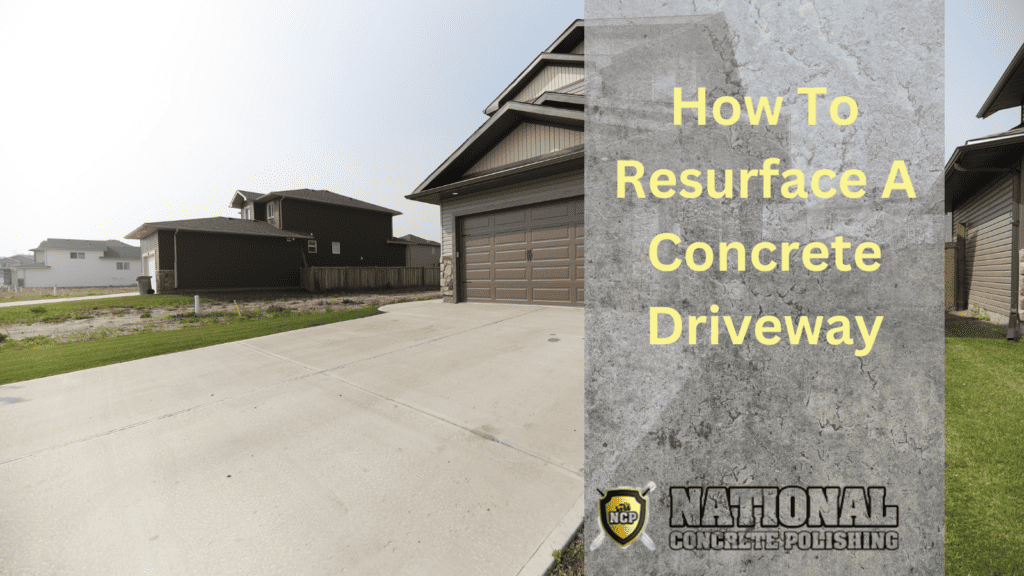A concrete driveway serves as more than just a path for your vehicles. It is an essential component of your property’s overall appearance and functionality. However, over time, cracks can appear, marring the surface and undermining the durability of your driveway.
Knowing how to repair cracks in a concrete driveway is vital for several reasons. Firstly, a well-maintained driveway enhances the curb appeal of your property, creating a positive impression for guests and potential buyers.
Secondly, cracks in the driveway can pose safety hazards, leading to trips, falls, or damage to vehicles. By promptly repairing these cracks, you ensure a safe environment for pedestrians and vehicles.
What are concrete cracks?
Concrete cracks refer to the fissures or breaks that develop in the surface or structure of concrete. These cracks can vary in size, shape, and severity, ranging from small hairline cracks to wider and more significant fissures. Cracking in concrete can occur due to various factors, including natural shrinkage, temperature changes, moisture content, structural settlement, or external forces such as heavy loads or impacts.
Concrete is a rigid material that changes volume due to factors like temperature fluctuations and moisture content. As the concrete expands and contracts, stresses can build up within the material, leading to the formation of cracks. Additionally, external factors like heavy vehicles or improper construction practices can also contribute to the development of cracks.
It’s important to note that not all cracks in concrete are a cause for immediate concern. Hairline cracks, for example, are often superficial and do not significantly impact the structural integrity of the concrete. However, wider cracks or cracks that show signs of displacement or movement may indicate underlying issues that require attention.
Understanding the different types of concrete cracks is essential for proper diagnosis and repair. Cracks can be categorized based on their characteristics, such as their width, depth, pattern, and location. Some common types of concrete cracks include hairline cracks, shrinkage cracks, settlement cracks, structural cracks, and spalling cracks.
What are the tools you need to repair cracks in a concrete driveway?
To repair cracks in a concrete driveway, you will need several tools and materials to ensure a successful repair. Here are the common tools you may need:
- Safety Gear. Prioritize your safety by wearing protective gear, including safety goggles, work gloves, and a dust mask to protect your eyes, hands, and respiratory system from potential hazards.
- Cleaning Tools. Prepare the crack by cleaning it thoroughly. You will need a stiff-bristle brush, such as a wire brush, to remove loose debris, dirt, and vegetation from the crack. A shop vacuum or a broom can be used to clean the surrounding area.
- Chisel or Hammer and Cold Chisel. For larger cracks or those with loose or deteriorated concrete, a chisel or a hammer and a cold chisel can be used to chip away any unstable or damaged concrete edges, creating a clean and stable surface for repair.
- Crack Filler. Depending on the size and depth of the crack, you will need an appropriate crack filler. There are various options available, such as liquid crack fillers, concrete patching compounds, or epoxy-based fillers.
- Trowel or Putty Knife. A trowel or putty knife is essential for applying the crack filler or patching compound. It helps spread and smooth the material into the crack, ensuring proper adhesion and a neat finish.
- Caulking Gun. A caulking gun is necessary for easy and controlled application if you are using a tube of crack filler or patching compound. It allows you to dispense the material evenly into the crack.
It’s important to note that the specific tools required may vary depending on the size and complexity of the crack, as well as the chosen repair method. Always refer to the manufacturer’s recommendations for the particular products you are using.
How to prepare for concrete driveway repair
Here are the steps to follow to properly prepare for concrete driveway repair:
- Thoroughly inspect the concrete driveway to identify the extent and types of cracks or damage present. Also, Pay attention to the size, depth, and location of the cracks, as well as any signs of structural instability or underlying issues.
- Make a list of all the tools and materials required for the specific repair method you have chosen based on the assessment.
- Before starting the repair process, thoroughly clean the entire concrete driveway and the area surrounding the cracks.
- Inspect the cracks for any loose or deteriorated concrete. Use a chisel, hammer, and cold chisel to chip away any unstable edges or damaged concrete carefully.
- Address any underlying structural issues or other necessary repairs before focusing on the cracks. This may involve leveling uneven areas, filling potholes, or addressing drainage problems.
Applying these steps when preparing for concrete driveway repair ensures that you have a successful and long-lasting repair.
How to choose the right repair method
Choosing the right repair method for your concrete driveway depends on several factors such as the type and extent of the damage, the desired durability of the repair, and your skill level or available resources.
Here are some considerations to help you make an informed decision:
1. Assess the Damage
Begin by assessing the nature and severity of the damage to your concrete driveway. Determine the size, depth, and location of the cracks or other issues. Identify if the damage is cosmetic, structural, or related to underlying problems. This assessment will provide valuable information for selecting an appropriate repair method.
2. Research Different Repair Methods
Familiarize yourself with the various repair methods available for concrete driveways. Some common repair techniques include crack filling, patching, resurfacing, and concrete replacement. Each method has its advantages, limitations, and suitability for specific types of damage.
3. Consider the Type of Cracks or Damage
Different repair methods are suitable for different types of cracks or damage. For hairline cracks, a simple crack filler or sealant may be sufficient. Larger cracks or structural issues may require more extensive repairs, such as patching or concrete replacement. Match the characteristics of the damage to the recommended repair methods.
4. Evaluate Durability and Longevity
Consider the durability and longevity you expect from the repair. Some repair methods provide temporary fixes, while others offer more long-lasting solutions. Balancing your budget and the desired lifespan of the repair can help guide your decision.
5. Assess Your Skill Level and Available Resources
Evaluate your skill level and the resources you have at your disposal. Some repair methods may require specialized tools or professional expertise. If you have limited experience or equipment, opting for a simpler repair method that you can confidently handle may be more appropriate.
6. Seek Professional Advice, if Needed
If you are uncertain about the appropriate repair method or the severity of the damage, consider consulting with a professional concrete contractor or expert. They can assess the situation, provide recommendations, and offer insights based on their experience.
7. Consider Cost and Time Factors
Evaluate the cost and time associated with each repair method. Some methods may be more cost-effective but require more frequent maintenance, while others may involve higher upfront costs but provide longer-lasting results. In addition, you should consider the time required for the repair process and how it aligns with your schedule.
How to repair cracks in a concrete driveway: step-by-step process
Here’s a step-by-step process for repairing cracks in a concrete driveway:
Step 1: Applying a concrete bonding agent
- Clean the Crack: Start by cleaning the crack and its surroundings using a wire brush, broom, or compressed air. Remove any loose debris, dirt, or vegetation to ensure proper adhesion of the repair compound.
- Apply a Concrete Bonding Agent: Use a brush or roller to apply a concrete bonding agent to the cleaned crack. The bonding agent helps improve the adhesion between the existing concrete and the repair compound. Follow the manufacturer’s instructions for the application and drying time of the bonding agent.
Step 2: Filling the crack with a concrete repair compound
- Choose a Concrete Repair Compound: Select a suitable concrete repair compound designed specifically for crack repairs. These compounds are typically available in pre-mixed form or as a powder that requires mixing with water. Follow the manufacturer’s instructions for the specific repair compound you choose.
- Fill the Crack: Use a trowel or putty knife to carefully fill the crack with the concrete repair compound. Push the compound firmly into the crack, ensuring it fills the void. Overfill the crack slightly to compensate for any settling or shrinkage.
Step 3: Smoothing and leveling the repaired area
- Smooth the Surface: Use a trowel or putty knife to smooth the surface of the repair compound. Level it with the surrounding driveway surface, ensuring a seamless transition. Feather the edges of the repair compound to blend it with the existing concrete.
- Texture (if desired): If you want the repaired area to match the texture of the rest of the driveway, use a texture roller or a broom to create a similar texture on the surface of the repair compound. This helps it blend in more naturally.
Step 4: Curing and drying time
- Allow for Curing: Follow the manufacturer’s instructions for the curing time of the concrete repair compound. It typically takes several hours or even a day for the compound to fully cure. During this time, protect the repaired area from foot or vehicle traffic to prevent damage.
- Drying Time: After the compound has cured, allow sufficient drying time before subjecting the repaired area to heavy use or exposing it to moisture. The drying time can vary depending on the specific repair compound used, environmental conditions, and humidity levels.
What is the difference between concrete resurfacing and patching?
Resurfacing entails applying a thin layer of new concrete or specialized resurfacing material over the entire surface to enhance appearance, cover imperfections, and improve durability. On the other hand, patching involves localized repairs by removing damaged concrete and replacing it with fresh material to address specific areas of damage like cracks or spalls. While resurfacing rejuvenates entire surfaces, patching targets specific defects, making both methods crucial for maintaining concrete integrity and aesthetics.
How do you prevent cracks on your concrete driveway?
To prevent cracks on your concrete driveway, start with a high-quality installation by a professional contractor using proper techniques and materials. You can also incorporate control joints during installation to provide predetermined weak points for controlled cracking.
Finally, apply a concrete sealer every few years to protect against moisture and UV damage. Avoid using deicing chemicals that can accelerate deterioration.
For professional crack repair and maintenance of your concrete driveway, rely on Southside Concrete Polishing. With skilled experts and a commitment to quality, we offer tailored solutions to keep your driveway in pristine condition. Contact us today for exceptional results.
Share This Post




